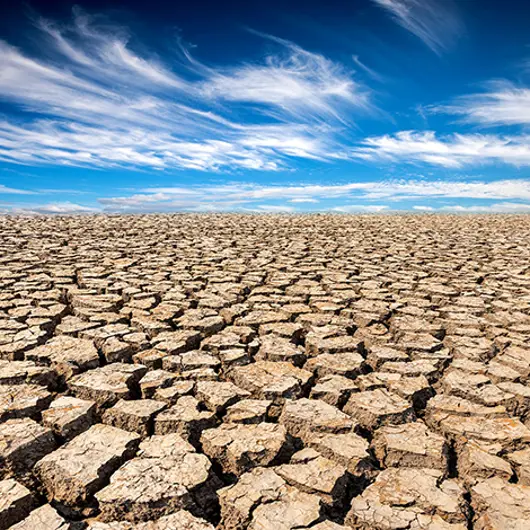Successful development of small-scale agricultural value chains depends on the availability of adequate quantities of good quality water. This is according to a recent study by researchers from IIE MSA. The overall aim of the study was to investigate water security issues amongst smallholder farmers in Southern Africa. The study took place in two case study areas: the Limpopo River Basin in South Africa and the Zambezi River Basin in Zambia. The water footprint tool was chosen as a rapid method to estimate the amount of water being used at different points along the value chain of maize, black nightshade, rape, and tomatoes.
Water is critical for agriculture and is used in varying quantities at different points in the agricultural value chain. Water in agriculture has a variety of uses along the value chain. It is used on-farm by farmers for growing crops and it is used for off-farm activities such as handling, storage, transportation, and processing of products. The water footprint is an indicator of water consumption and pollution that can be calculated for a crop, a farm, a company, a consumer, an entire sector, or for a site, a catchment, or a country. It calculates the total volume of water required to produce a product. Essentially water footprints in agriculture are about getting a sense of where water is being used in all the various stages of the crop/ product value chain. It is important to measure the water footprint in order to get a broader picture of water consumption along agricultural value chains. The water footprint can help farmers to better understand how sustainable this consumption is in their specific locations and what can be done about it.
This study only investigated the blue water footprint of selected crops – this is the water sourced from rivers, lakes, dams and irrigation. To calculate the blue water footprint in its most basic form, it was essential to know the volume of water used to grow the crop measured in cubic metres per hectare and the yield of a crop in tonnes. For example, the blue water foot print of maize was calculated at 221 m3/t, while the blue water footprint of black nightshade was calculated at 57m3/t.
Surprisingly, perhaps, one of the critical findings of the researchers’ study was that smallholder farmers do not usually measure their water use for production. This is largely because they do not have the appropriate equipment to do so, or they use irrigation methods which cannot easily be measured such as flood and furrow irrigation. This meant that the researchers had to use existing estimates from other studies within Southern Africa to calculate the water footprints.
It was found that most of the value chains studied were short in nature, consisting predominantly of production and consumption. It was only tomatoes in the Limpopo River Basin which were grown for commercial purposes and processed into tomato paste. It was found that most of the total water used in the footprint was used in the growing/ production phase of the value chain by the farmers themselves. This is a consistent finding with other researchers in Southern Africa. However, this study went a little further to try and estimate the water used post-production, in the postharvest value chain.
The study revealed that farmers did not use significant amounts of water in the harvest and post-harvest phases of most of the value chains as other actors per formed value added tasks, such as washing crops and preparing them for sale at markets. Several farmers indicated that when water was used in the harvest phase, it attracted fungus and eventually destroyed the crops. Value chains which showed significant water use after production involved the handling of two crops, black nightshade in Limpopo and rape in Zambia. These are leafy vegetables that needed to be washed and kept fresh by sprinkling them regularly with water before being sold to consumers in the marketplace. Farmers did not themselves directly wash these vegetables, but instead the hawkers and traders ended up washing them before selling.
Given the critical role that water plays in agriculture and the reported future scarcity, it is essential to try and assist small scale farmers within agricultural value chains to improve their understanding of how much water they are using at different stages within that value chain. Small-scale farmers need to be provided with simple tools for recoding water use and keeping detailed records which could assist in longer term planning and management of water resources. Traders and hawkers also need to monitor how much water they are using in the washing and preparation of crops in markets for sale to consumers.
Estimated percentages (%) of water use in each phase of selected crop value chain.

 |
 |
|
| Ms Linda Downsborough Water Research Lecturer |
Dr Bimo Nkhata Water Research Project Manager |



